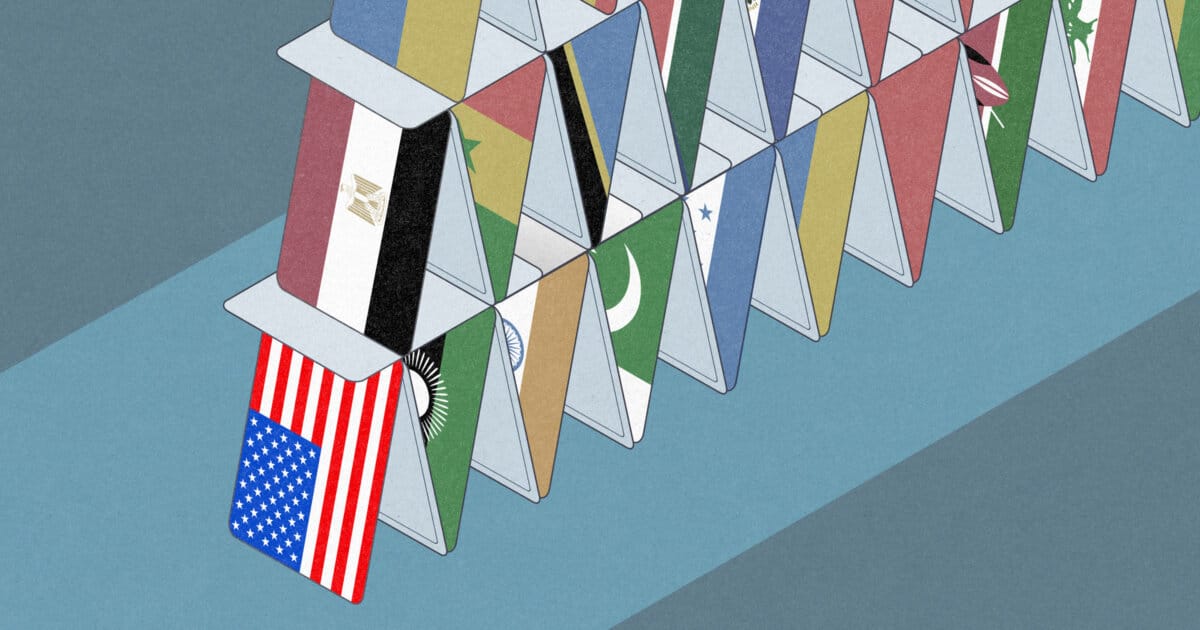Transformed U.S. foreign aid policies promise to fracture aid-enabled infrastructure, disrupting business operations in developing markets.


Carolyn Geason-Beissel/MIT SMR | Getty Images
A radical shift in U.S. foreign aid policy promises to splinter aid-enabled infrastructure, disrupting business operations in developing markets. Ending funding for programs like USAID creates opportunities for foreign competitors to fill the resulting service and product gaps. Knowledge exchange, supply chains, and access to working capital will also be disrupted. Companies must assess their exposure and engage collectively to shape alternatives to maintain global competitiveness.
The second Trump administration’s rapid dismantling of the U.S. Agency for International Development (USAID) and uncertainty regarding the new U.S. foreign aid architecture create a significant shift for U.S. businesses operating in challenging global markets. While these changes provoke profound humanitarian concerns, they also have practical implications for businesses that, to date, may have benefited from the direct and indirect ways that U.S. foreign aid programs supported their ability to compete in developing markets. Leaders affected by these changes must now consider how they can shape collective efforts to facilitate continued U.S. competitiveness in global markets.
U.S. companies seeking to source from and serve both emerging and frontier markets must often navigate business environments characterized by fragmented systems, limited data, inconsistent regulatory support, unclear networks of actors, and other unknowns that vary across countries. While some challenges can be addressed internally, many companies have relied on collective investments in market infrastructure, services, information systems, and institutional capacity that have been supported by U.S. foreign aid. Without such collective efforts to lower transaction costs and coordinate activity, many markets remain commercially infeasible because the cost to engage outweighs the potential profits.
U.S. businesses now face the cascading consequences and challenges of their government’s dramatic divestment in foreign aid. Prudent action starts with understanding how foreign aid investment has shaped market conditions and assessing companies’ reliance on those investments.
How Foreign Aid Enabled Business
Foreign aid has shaped the enabling environment for business engagement in emerging and frontier markets since the 1960s. USAID worked with foreign governments to shape policies and build capacity, and with myriad small and medium enterprises (SMEs) in fragmented markets to strengthen skills, capabilities, and coordination. Its pooled investment directly and indirectly supported U.S. businesses and global corporations in ways that were easy to monitor (such as identifying key intermediaries and business partners) and in ways that were not (such as facilitating competitive market conditions). We highlight three such areas as examples.
Knowledge Exchange to Enhance Business Productivity
Universities, tech startups, and mature companies often generate new knowledge that enhances business productivity and value creation.




